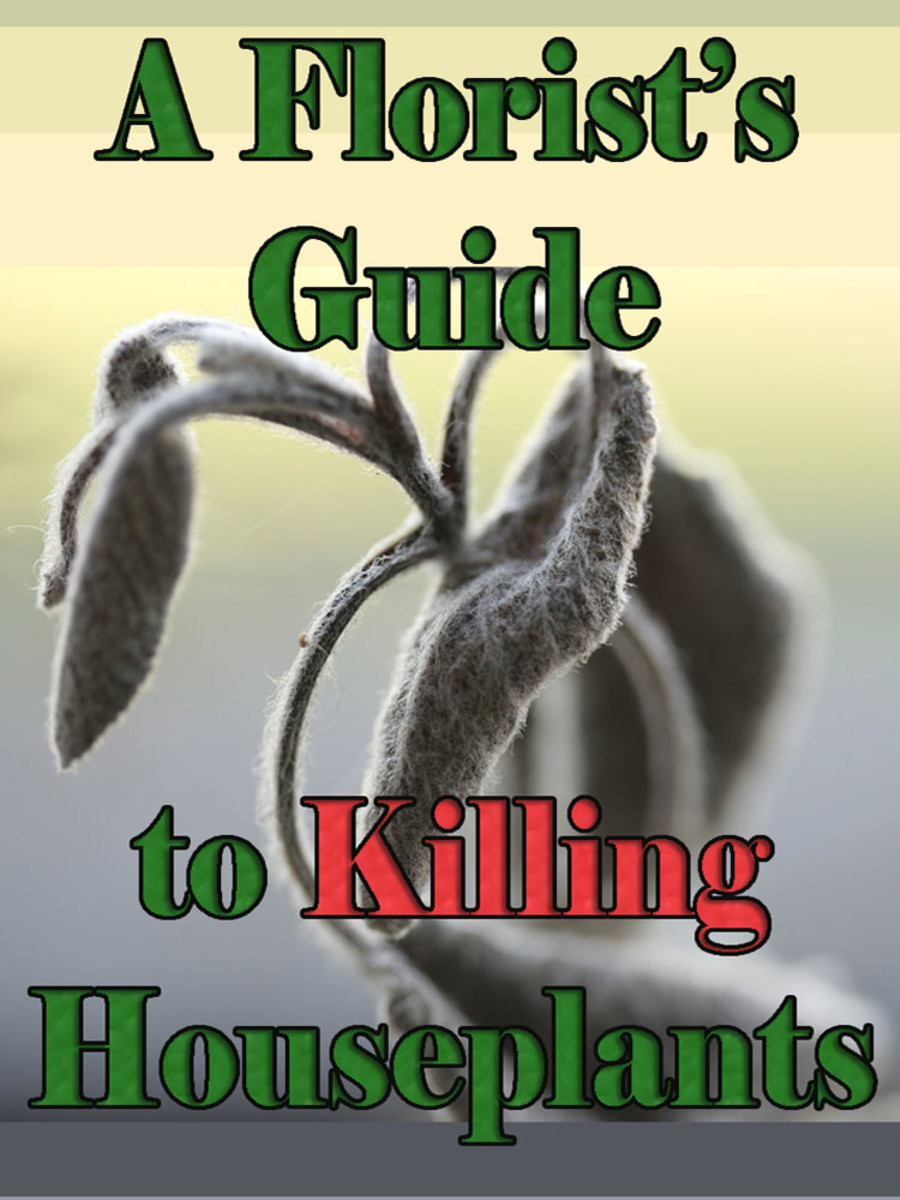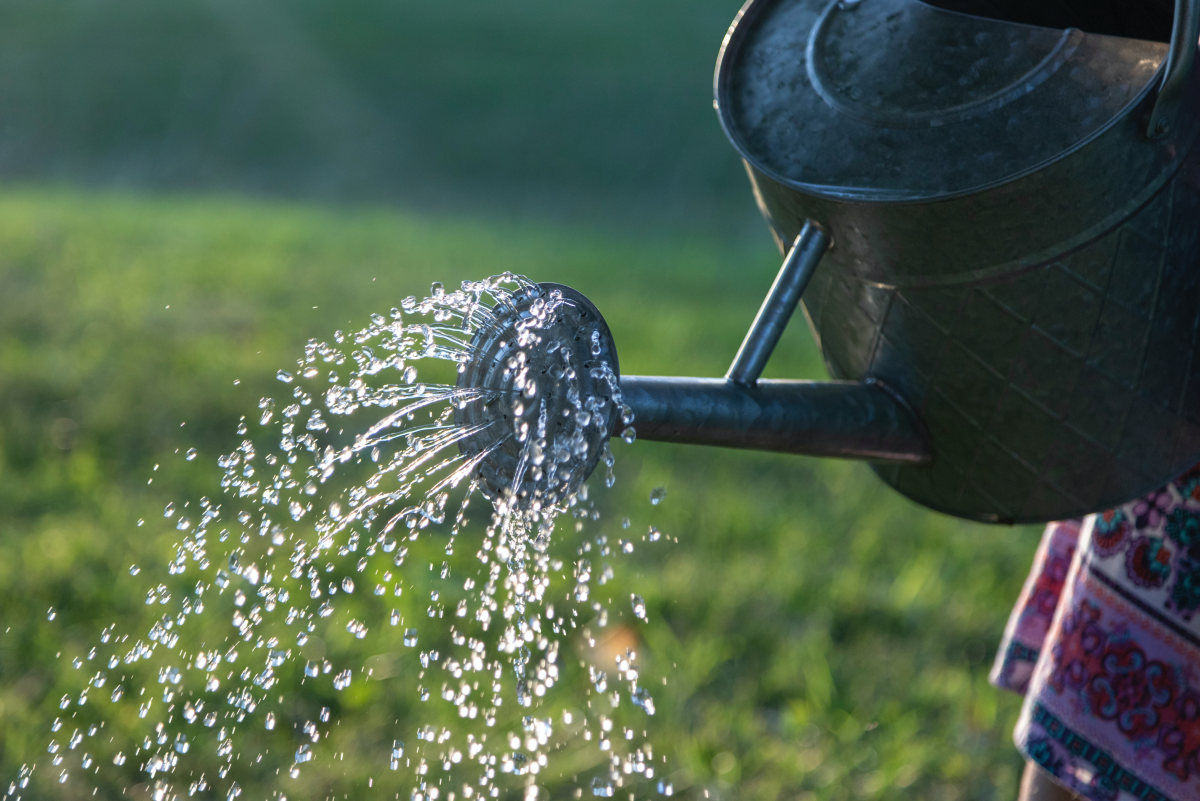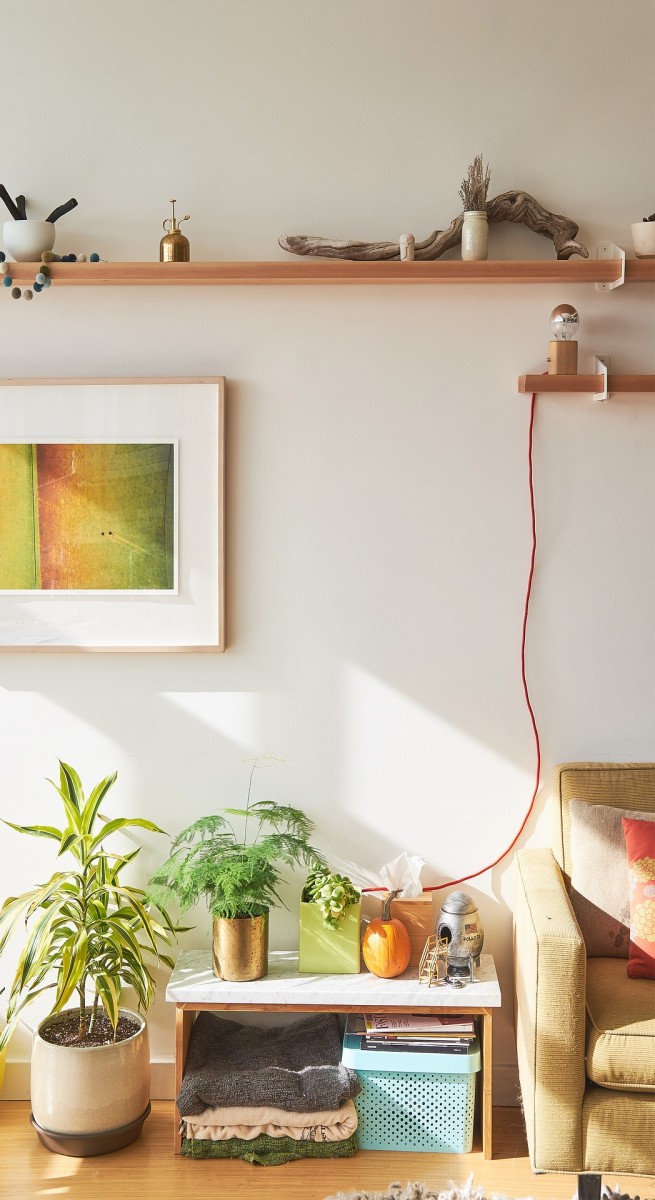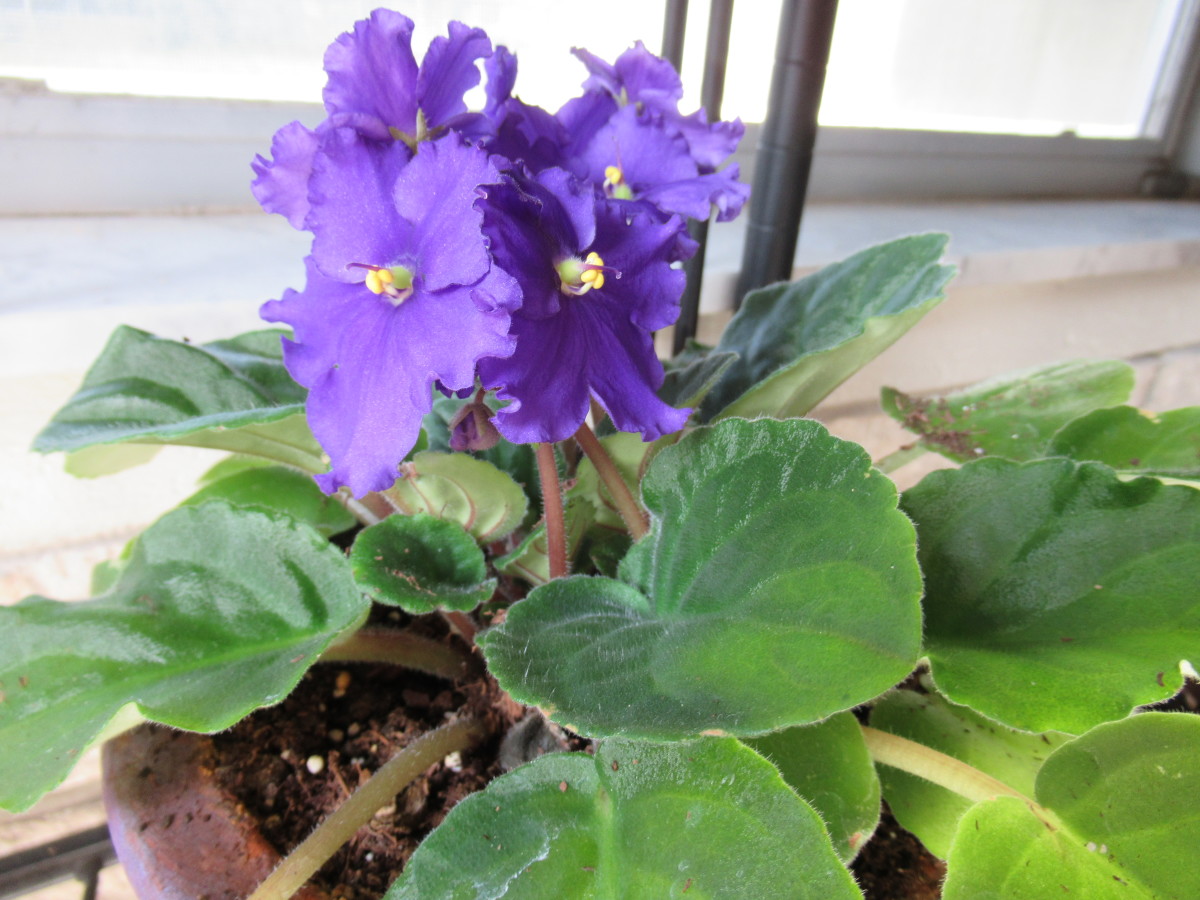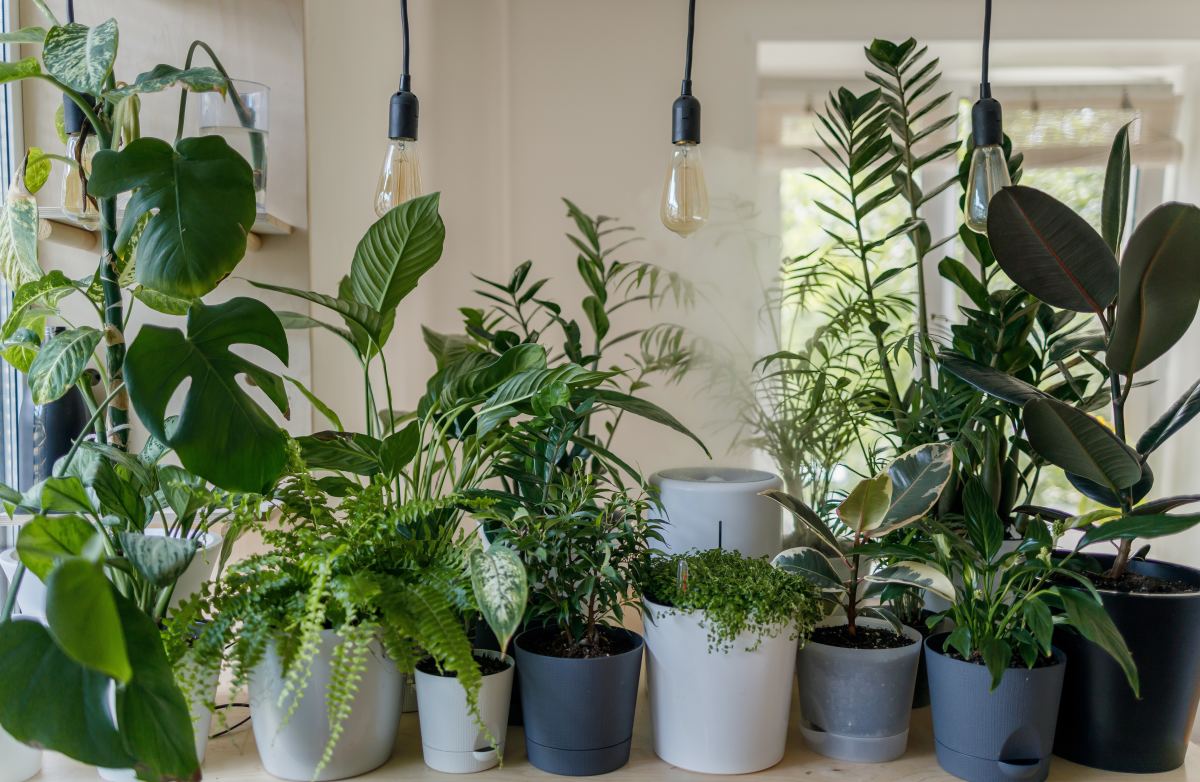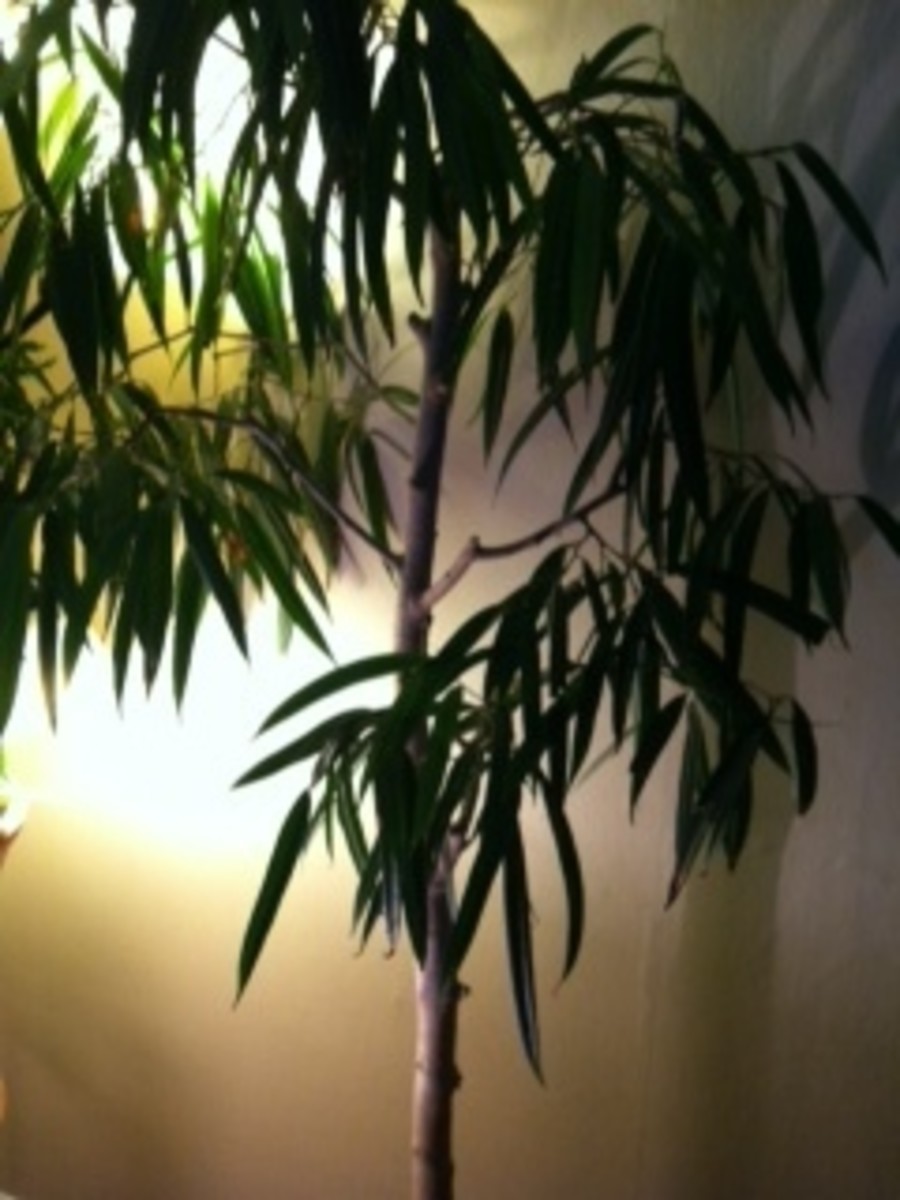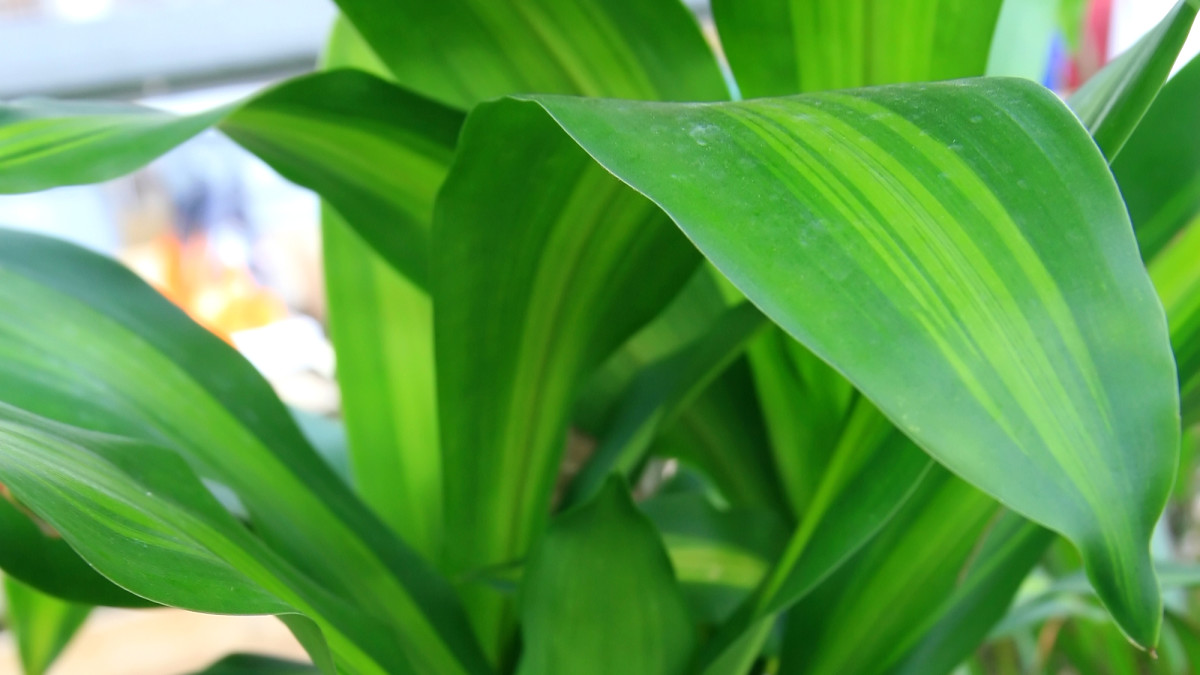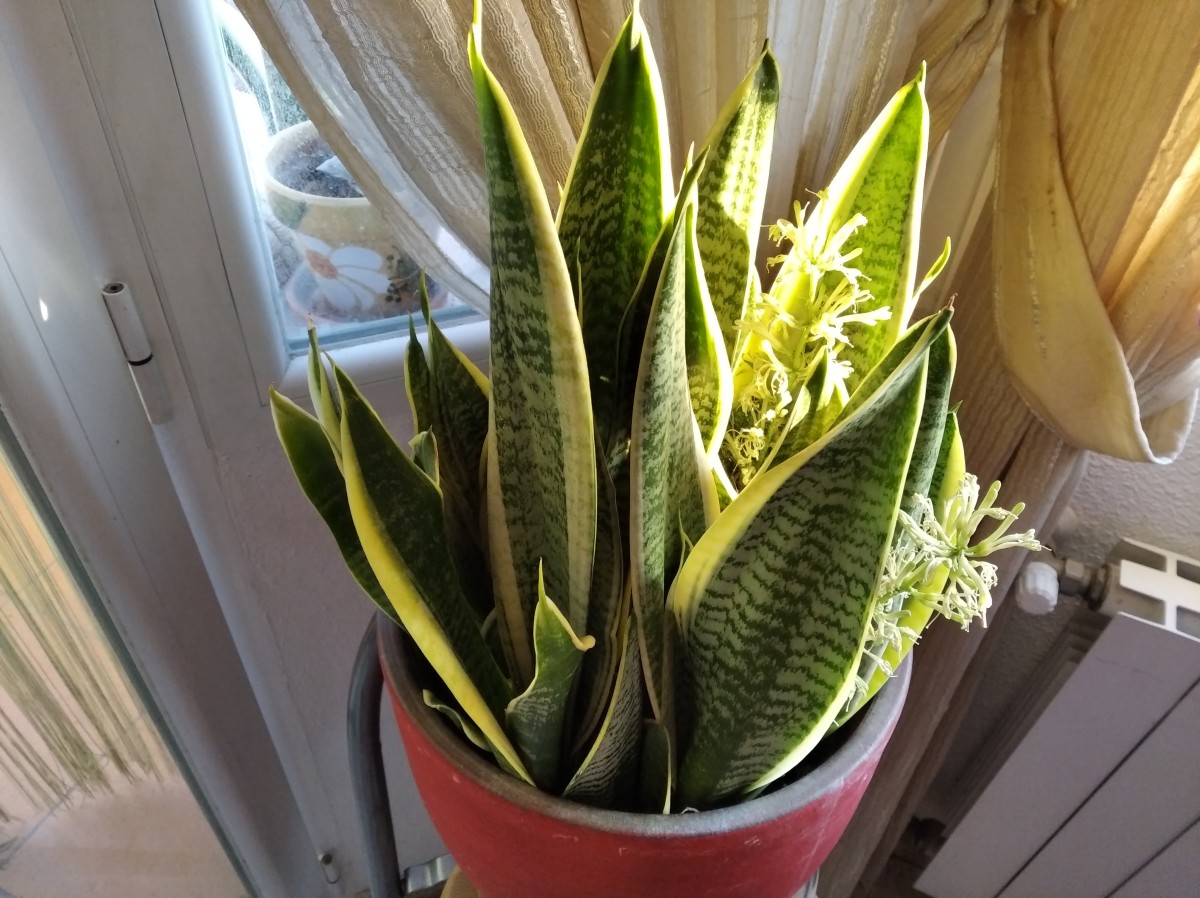- HubPages»
- Home and Garden»
- Gardening»
- House Plants
Keep your houseplants looking their best
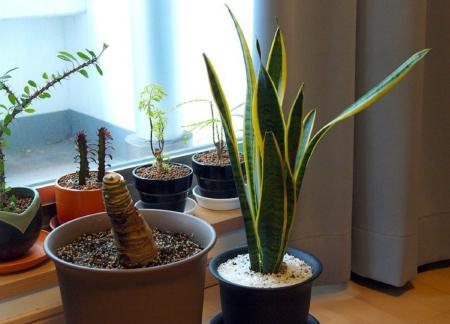
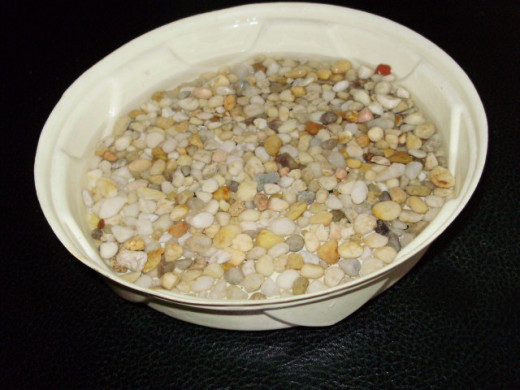
Unfavorable condition
Houseplants growing in unfavorable condition can cause diseases that while not contagious can make your plants look like they are dying. Leaves that are spotted and scorched are caused by low humidity. If leaves fall off prematurely it could be caused by taking the plant from a cold, moist air atmosphere; like a greenhouse, to dry, hot air. Both problems can be solved by placing plants in a tray that is layered with pebbles or perlite or by placing a humidifier in the room your plants call home that evaporates a gallon of water per day.
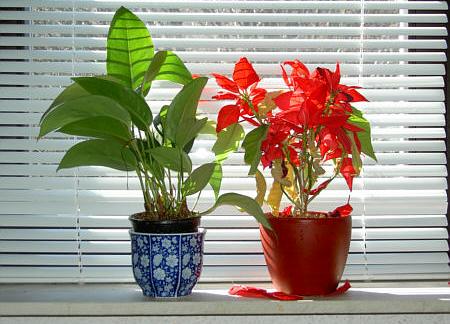
Burning up
To much sun, either by leaving your houseplants outside in the blazing sun or next to a window that has all day hot sun can bring about a condition called sun scald, leaving your plants looking burned or scorched. Gases, either from a near by manufacturing plant or from a leaking stove or gas heater due to pilot light or other malfunction can cause houseplants to look dry and yellowing with leaves dropping off.
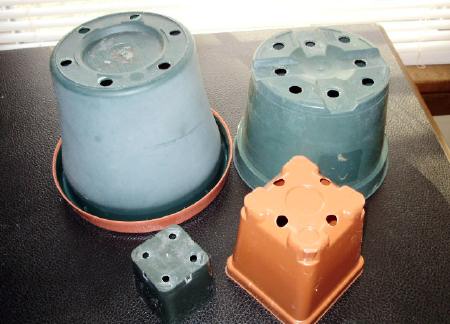
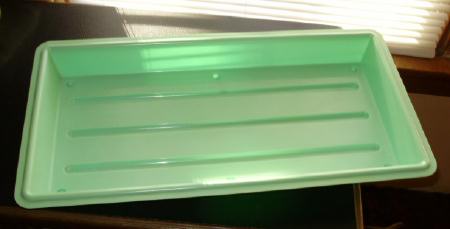
Watch the watering
Most plant problems are caused by improper watering. Like did you know that houseplants only need water every 7 to 10 days in winter months? Soggy soil, poor drainage and/or stale water sitting in the saucer can leave your plants weaken and a target for the first disease that comes along. Care should be taken to make sure houseplants are in the right size container with the proper set of holes in the bottom so excess water can easily run off if you water from the top. The best way to water is to place your houseplants in a three to four inch high edge tray or saucer that is filled with water; this bottom up watering allows you to thoroughly and slowly water several plant at the same time, adding water if needed; you can tell when it has enough water when the top dirt looks moist at which point the plant can be returned to its original location. Do not let the plant sit in the water tray longer then is needed. As each plant has different water needs, timing the watering of your plants could be a weekly or monthly.
Fresh Air
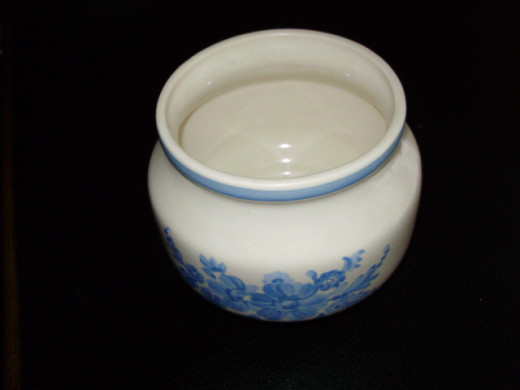
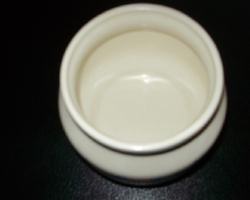
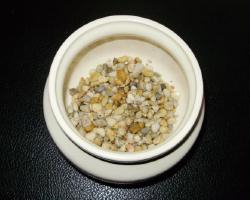
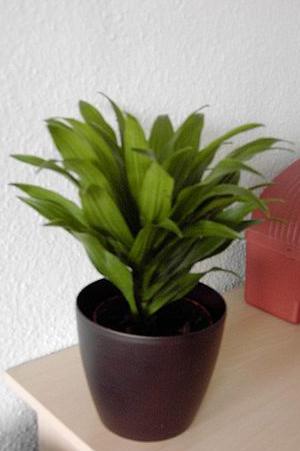
Too fertile ground causes harm
Houseplants need to be fertilized every now and then but too much can hurt your plants. Fertilizers contain water soluble salts that are left behind when water evaporates, sometimes this is evident by crusting on top of your soil, but more often not, it will leave you wondering why your plants is dead. Other possible evidence of excess salts from over fertilizing are stunted growth, wilting and yellowing of foliage, leaf tip browning or browning along the margins. Ways of preventing this excess salt condition is to use caution when fertilizing, follow fertilizing instructions and after four applications flush the soil with plain fresh water.
Cleaning is also important
That coating of dust that’s building up on your houseplants leaves and soil can do great harm to your plants by blocking light and making it difficult for a plant to get needed energy. The smallest amount of pollution can retard growth, cause browning around the leaf edges and tips, splotches, speckling and even cause leaf drop. Rinse small plants in the sink or tub with lukewarm water; wipe leaves of larger plants with a damp cloth.
Plant Quiz
view quiz statistics© 2013 galine


